
For this week's giveaway, we've teamed up with Astropad to offer MacRumors readers a chance to win a Luna Display adapter that's able to transform an extra Mac or iPad into a secondary display for your primary Mac.
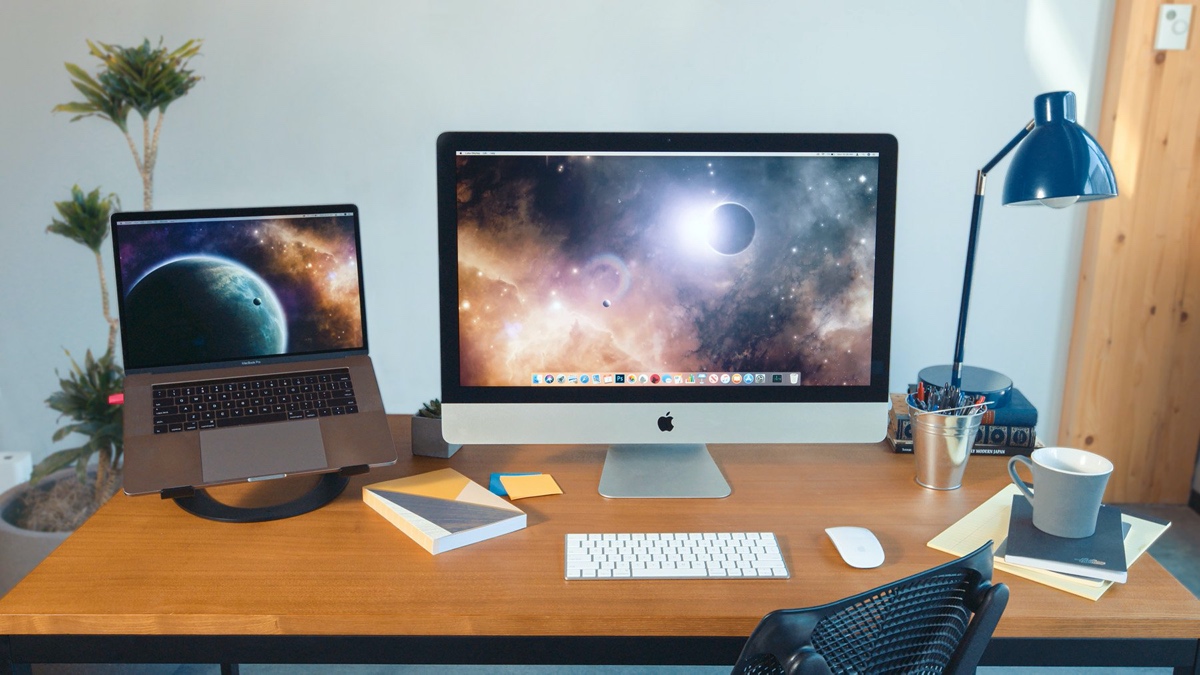
Priced at $80, the Luna Display adapter is a small dongle that plugs into your Mac using a USB-C port (on newer Macs) or a Mini DisplayPort and when used in combination with the Luna Display software, your main Mac (or a PC) can be connected to an iPad or another Mac over WiFi, giving you a new way to take advantage of old hardware or add an extra display without having to invest in another device.
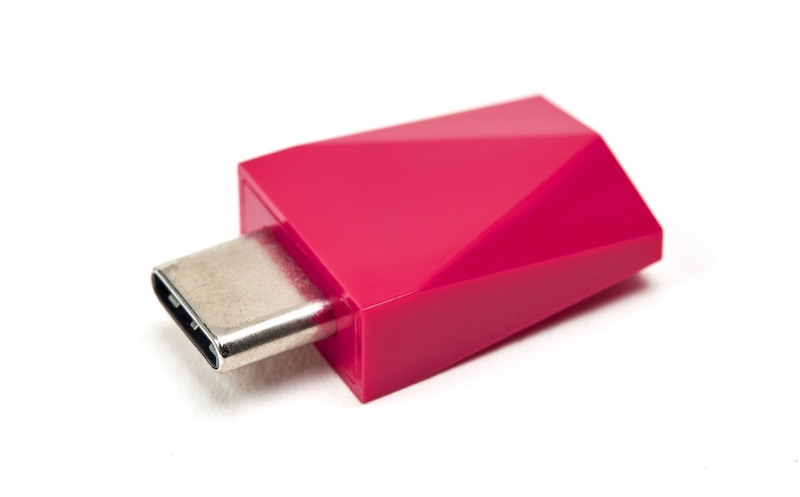
When connected, the Luna Display extends the primary Mac's display to the secondary Mac or iPad to allow the extra device to be used as a second screen, which is useful as people continue working and learning from home with makeshift office setups in 2021.
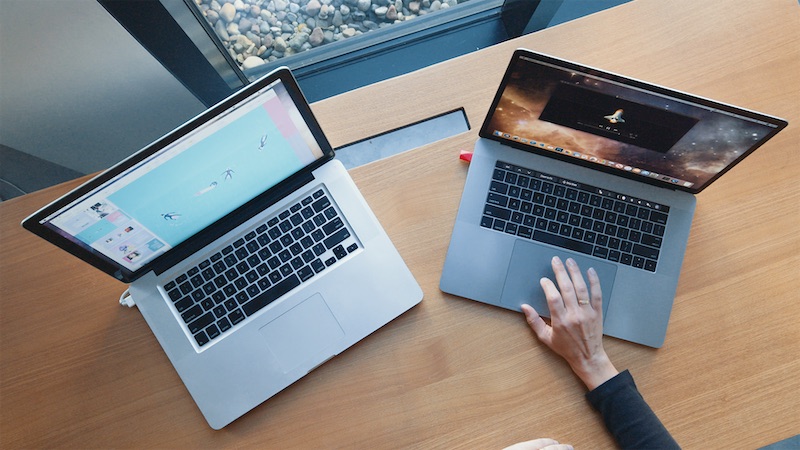
The Mac and iPad have built-in Sidecar functionality that can turn an iPad into a secondary display for a Mac without an accessory, but the Luna Display sets itself apart with the Mac-to-Mac support, which Sidecar can't do. Luna Display is also able to work with older iPads that don't support Sidecar.
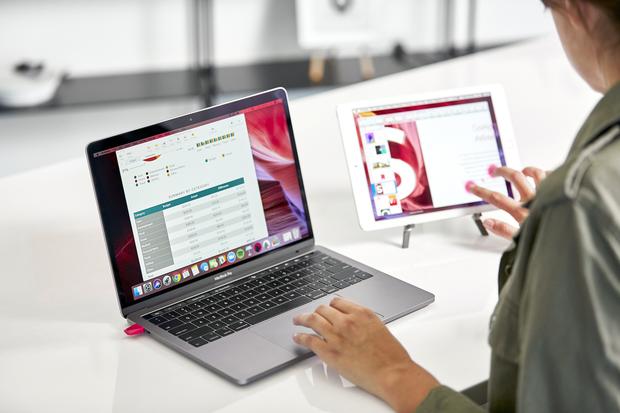
In Mac-to-Mac mode, the primary Mac needs to have OS X El Capitan or later installed, while the secondary Mac can be running OS X Mountain Lion or later, so Luna Display works with machines that are quite old. For best performance, the main Mac should be a 2012 MacBook Air, MacBook Pro, Mac mini, iMac, or later, or a 2013 Mac Pro or later. As of November 2020, the Luna Display adapter has native support for M1 Macs, too.
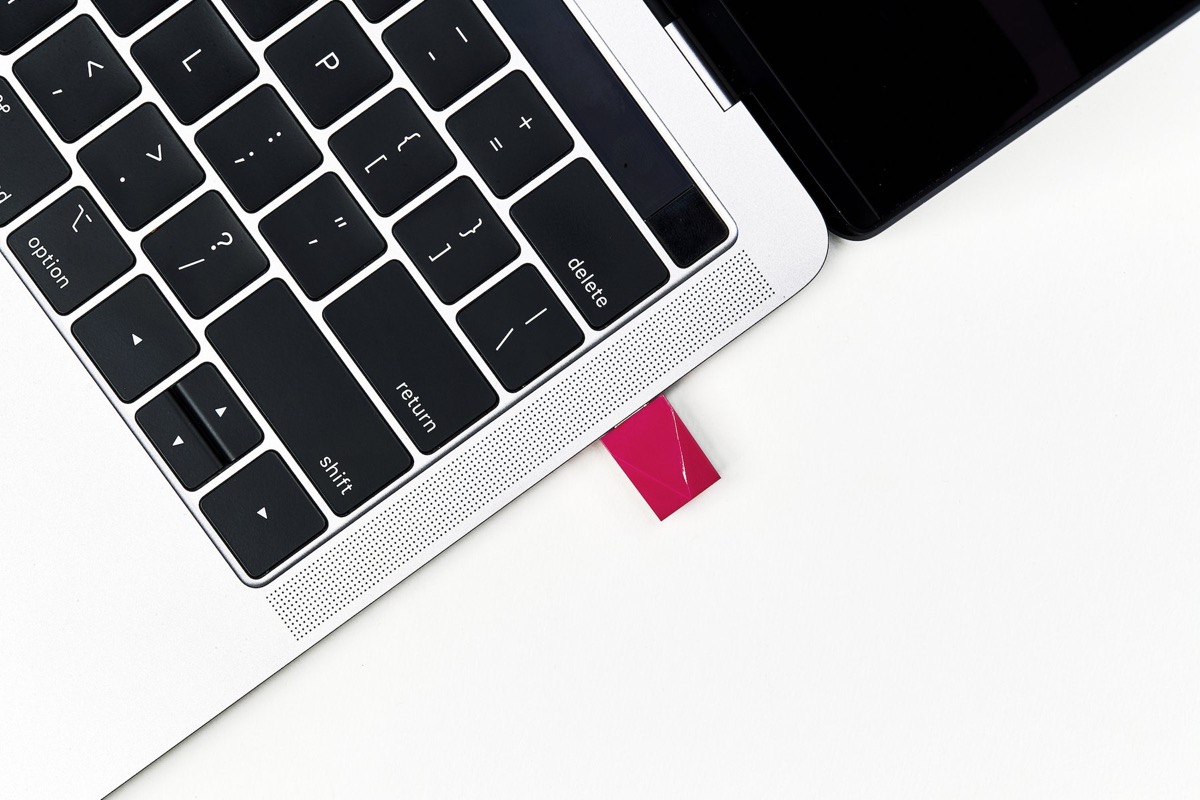
Luna Display offers full keyboard, trackpad, and mouse support on both connected Macs in Mac-to-Mac mode, with more information on how it works available on the Luna Display website.
For iPads, the Luna Display is compatible with almost all modern iPads, including the iPad 2 or later, all iPad mini models, all iPad Pro models, and all iPad Air models, with iOS 9.1 or later as the only requirement. Performance is faster on newer iPads, but older models work well too.
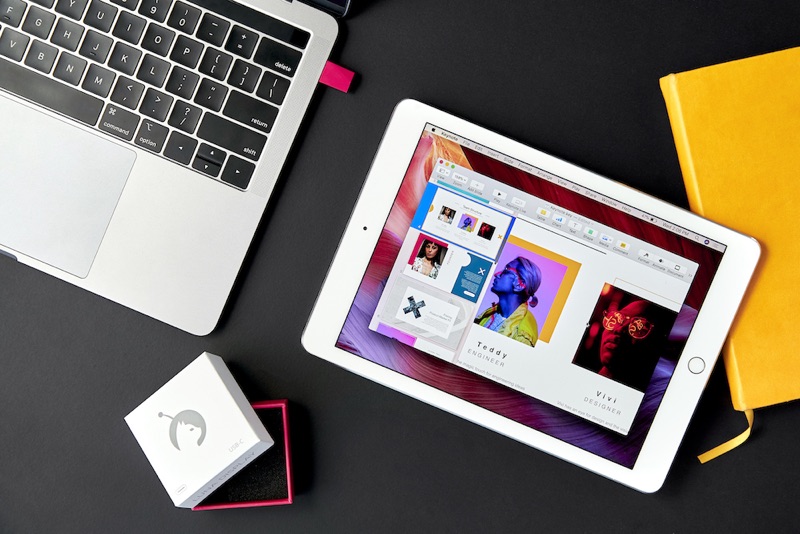
For those who have PCs, there is a Luna Display adapter for Windows. The PC version of Luna Display extends your desktop from PC to iPad, allowing your devices to work interchangeably.
We have five Luna Display adapters to give away to MacRumors readers. To enter to win, use the Gleam.io widget below and enter an email address. Email addresses will be used solely for contact purposes to reach the winners and send the prizes. You can earn additional entries by subscribing to our weekly newsletter, subscribing to our YouTube channel, following us on Twitter, following us on Instagram, or visiting the MacRumors Facebook page.
Due to the complexities of international laws regarding giveaways, only U.S. residents who are 18 years or older and Canadian residents (excluding Quebec) who have reached the age of majority in their province or territory are eligible to enter. To offer feedback or get more information on the giveaway restrictions, please refer to our Site Feedback section, as that is where discussion of the rules will be redirected.
The contest will run from today (April 2) at 11:00 a.m. Pacific Time through 11:00 a.m. Pacific Time on April 9. The winners will be chosen randomly on April 9 and will be contacted by email. The winners will have 48 hours to respond and provide a shipping address before new winners are chosen.
Article Link: MacRumors Giveaway: Win a Luna Display Adapter to Turn Your iPad or Mac Into an Extra Screen
Last edited:


